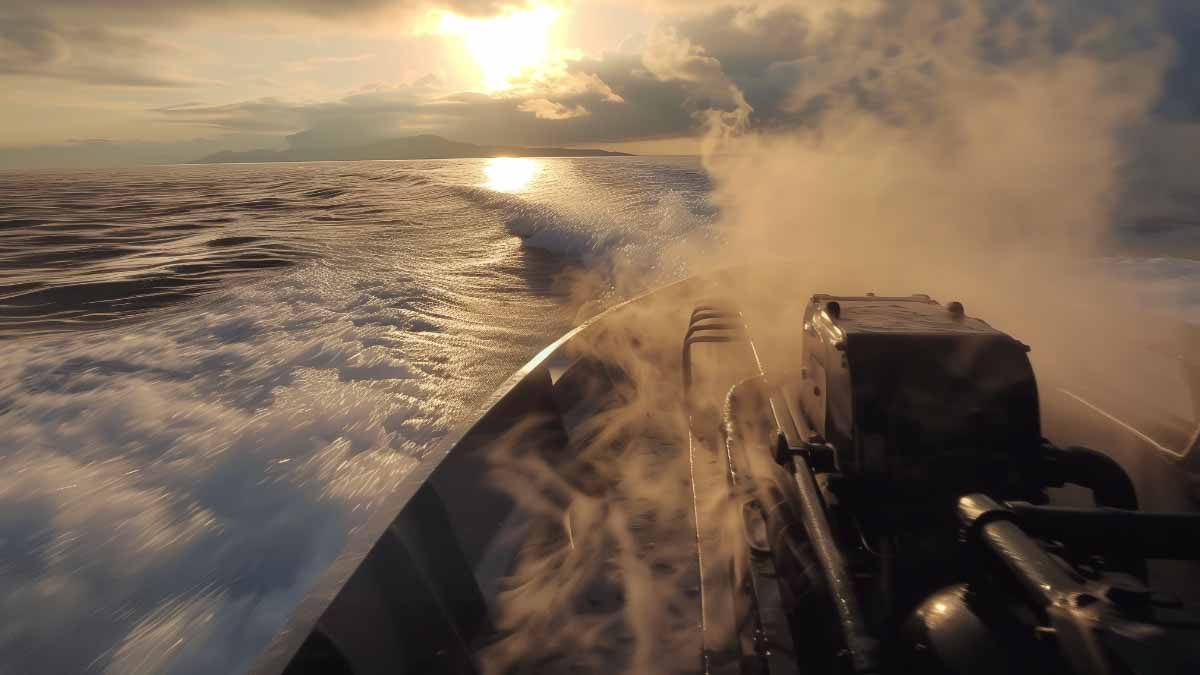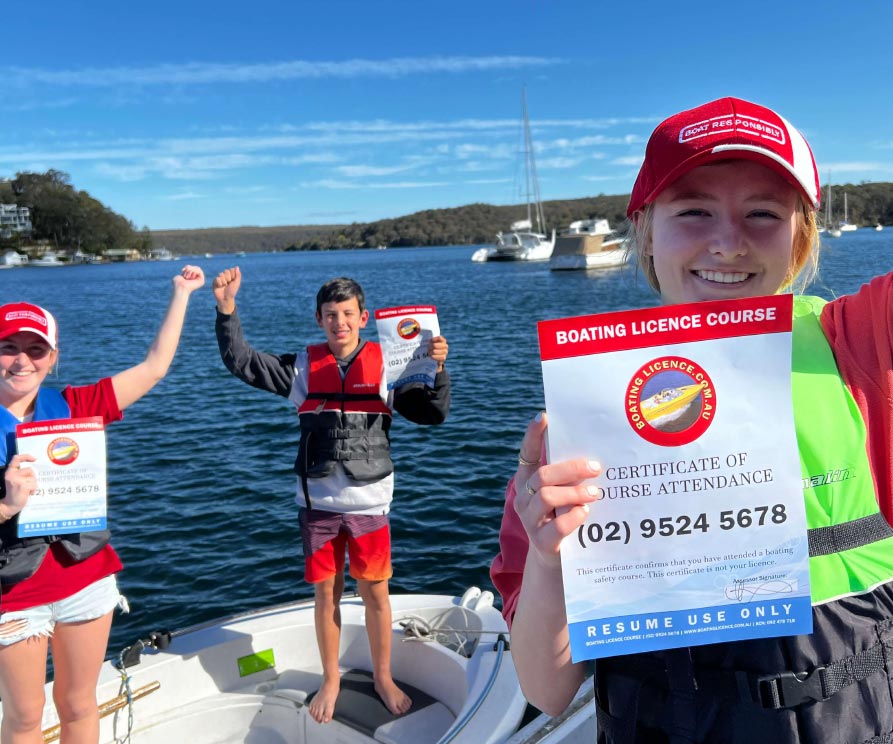Boat Engine Carked It? Here’s What To Do If You’re Stranded

The vast expanse of open water can be both exhilarating and unpredictable. While boating, an unexpected engine failure can quickly turn a pleasant day on the water into a challenging situation. Fear not, for with the right knowledge and calm demeanor, you can navigate these waters safely. In this post, we’ll explore essential steps to take if your boat engine fails, ensuring a smooth return to shore and keeping your boating adventure afloat.
1. Stay Calm and Assess the Situation
The key to handling any emergency situation is to remain calm. Panicking only clouds your judgment. Take a deep breath, gather your thoughts, and assess the situation. Determine the cause of the engine failure, if possible. It could be a simple issue that you can troubleshoot.
2. Attempt Basic Troubleshooting
– Check Fuel Levels: Ensure you have enough fuel in the tank. Sometimes, running out of fuel can cause the engine to stall.
– Inspect the Propeller: A tangled rope, fishing line, or debris wrapped around the propeller can hinder its movement, causing the engine to lose power.
– Examine the Battery: Check the battery terminals for corrosion and ensure the connections are secure. A loose or corroded connection can disrupt the electrical system.
3. Use Alternative Propulsion
If your boat is equipped with oars, paddles, or a manual auxiliary engine, use them to paddle your way back to shore slowly. While it might take time and effort, it’s a reliable backup plan to get you back safely.
4. Deploy a Towed Dinghy or Life Raft
If your boat is equipped with a towed dinghy or a life raft, use it as a secondary vessel to reach shore. Ensure you have the necessary safety equipment and supplies onboard, such as life jackets, water, and a communication device.
5. Radio for Assistance
If you have a marine VHF radio or a cell phone with reception, radio for assistance. Contact the local coast guard, marine rescue services, or a nearby marina for help. Provide your location, the number of people onboard, and details about the issue you’re facing. Stay on the line to receive instructions and updates.
6. Deploy an Anchor
If you are unable to paddle and are drifting, deploy an anchor to prevent your boat from drifting further away from the shore. This gives you time to assess the situation, call for help, or wait for rescue services to arrive.
7. Inform Someone Onshore
Before setting out, always inform someone onshore about your planned route and estimated time of return. If you encounter difficulties, they will be aware of your situation and can raise the alarm if you don’t return on time.
8. Stay Visible and Await Rescue
If you’re unable to resolve the issue and help is on the way, stay visible. Use signaling devices such as flares, mirrors, or brightly colored clothing to attract attention. Keep a constant lookout for other vessels, and use a whistle or horn to signal your presence.
Conclusion:
While a boat engine failure can be stressful, staying calm, assessing the situation, and taking proactive steps can ensure your safety and a smooth return to shore. Preparedness, communication, and the ability to stay composed under pressure are the keys to handling such challenges effectively. By following these guidelines, you can turn a potential crisis into a manageable situation and continue enjoying the pleasures of boating responsibly. Safe travels and smooth sailing!

Bonus step: get your licence
Don’t let your hopes die if you engine does. Taking small precautions means will go a long way to helping you get back home safely.
Our NSW boat and PWC licence courses are delivered by experienced and accredited trainers who provide in-depth education to not only pass the licence exam, but to also stay safe on the water.
To get your licence, you can book online or reach out to our friendly office team on (02) 9524 5678.